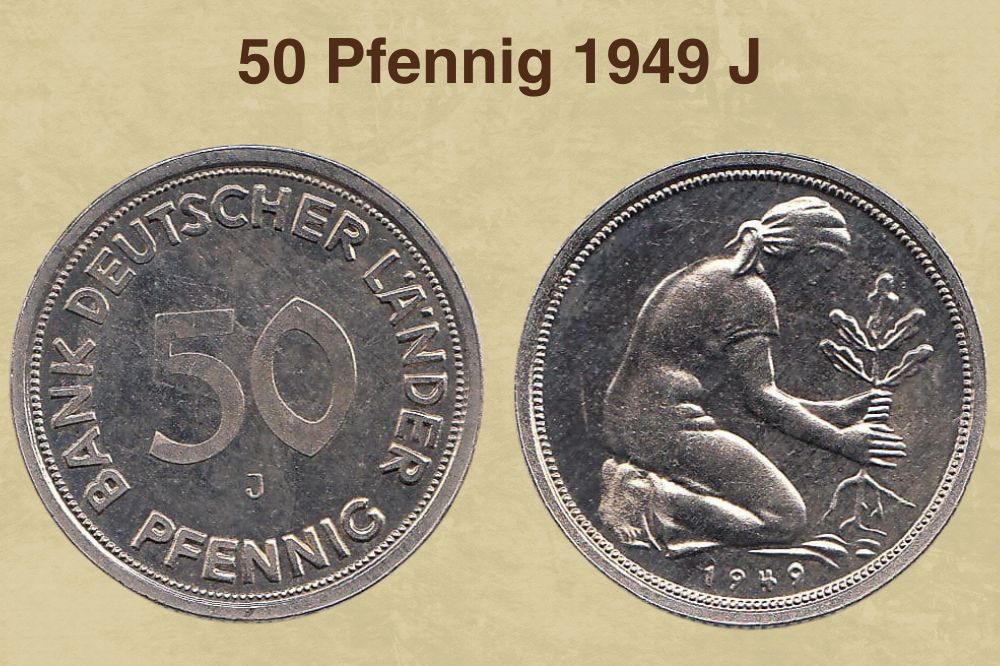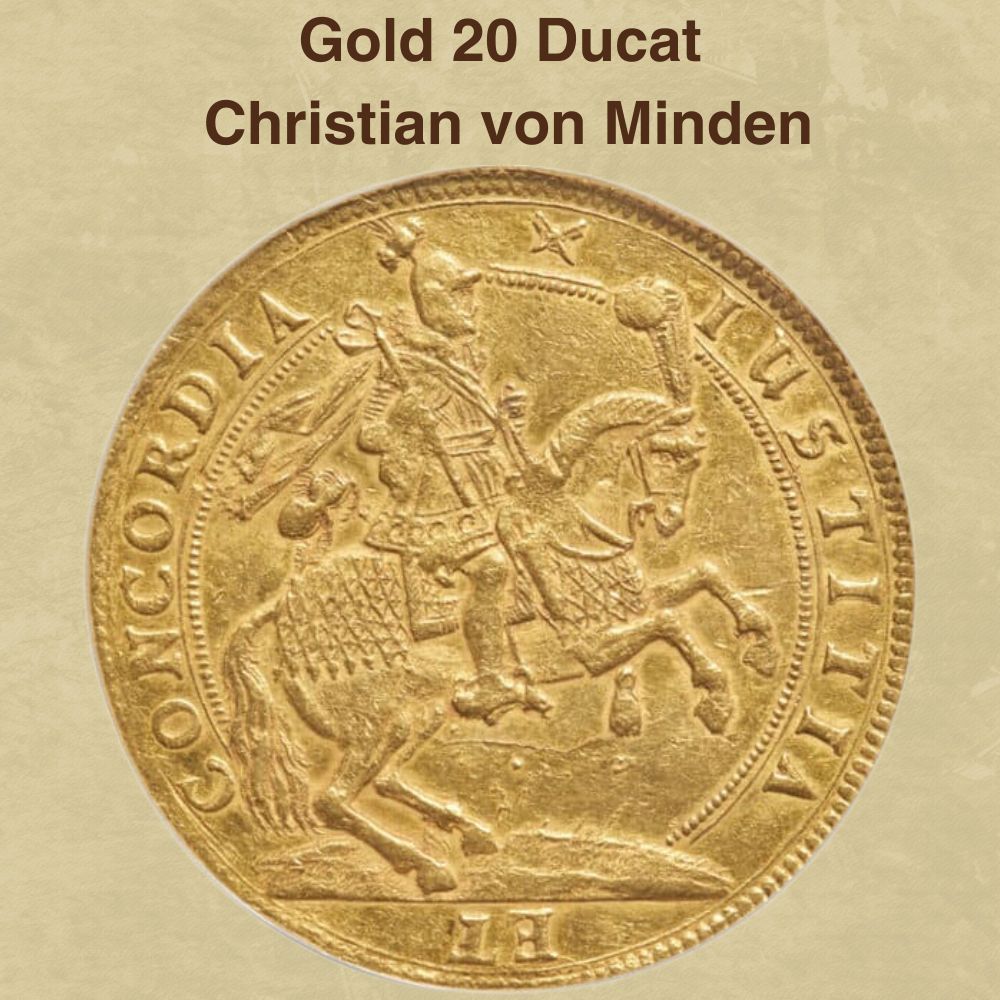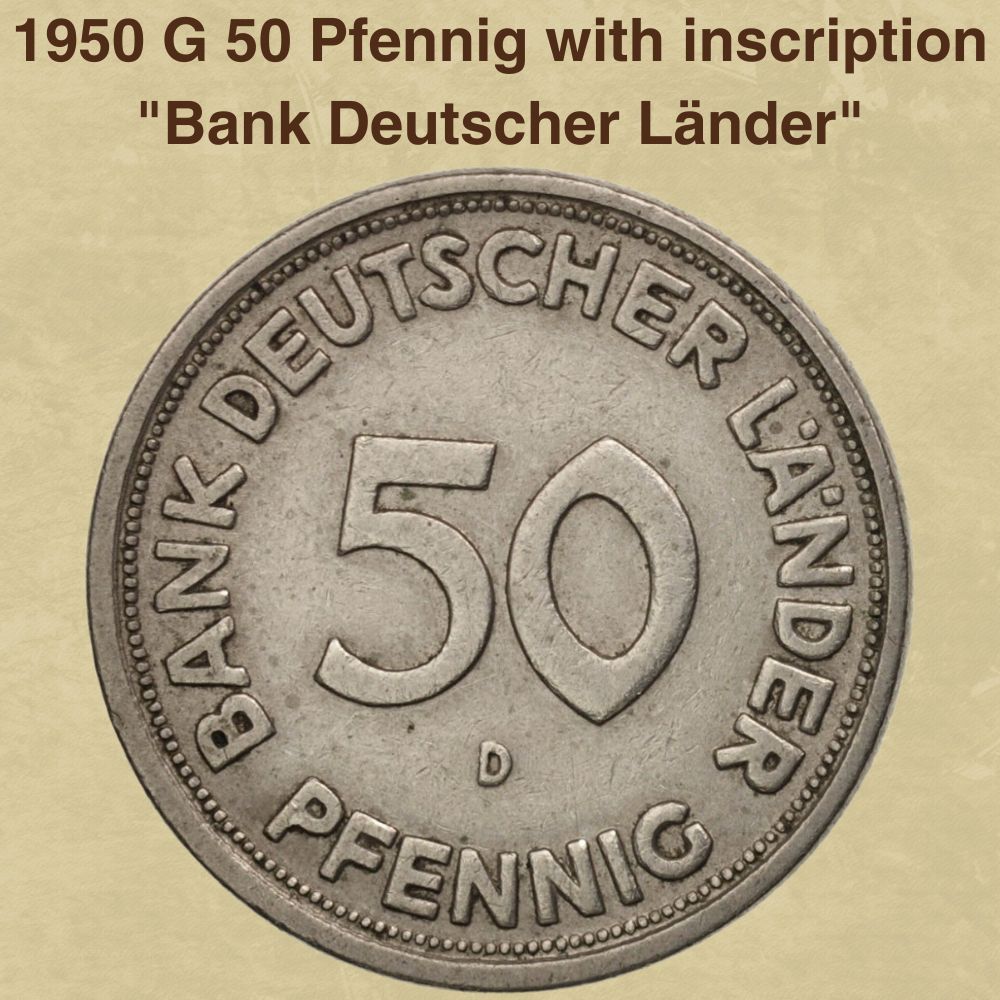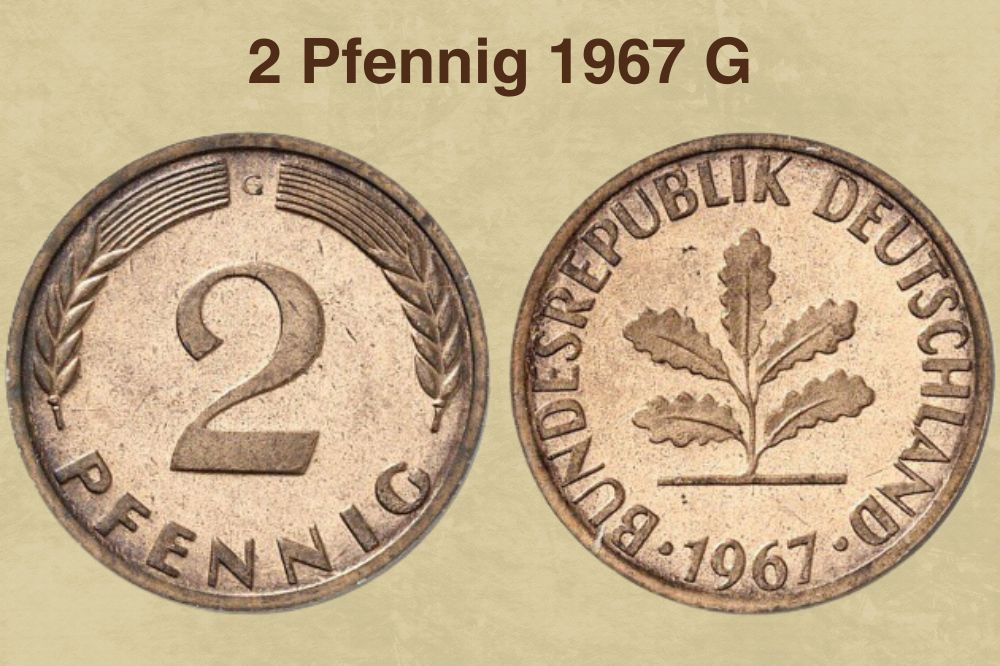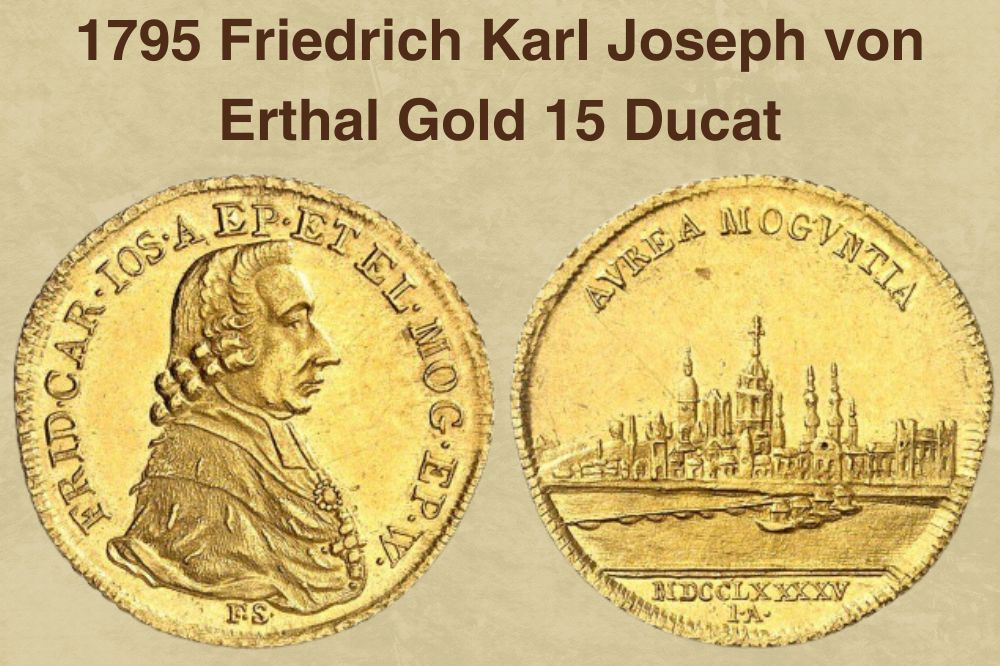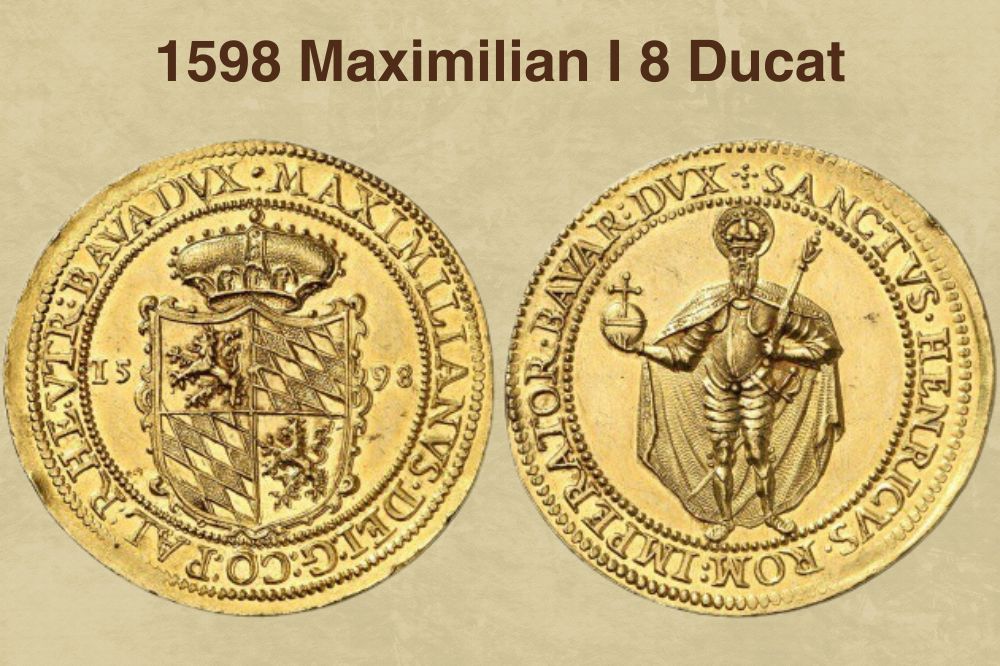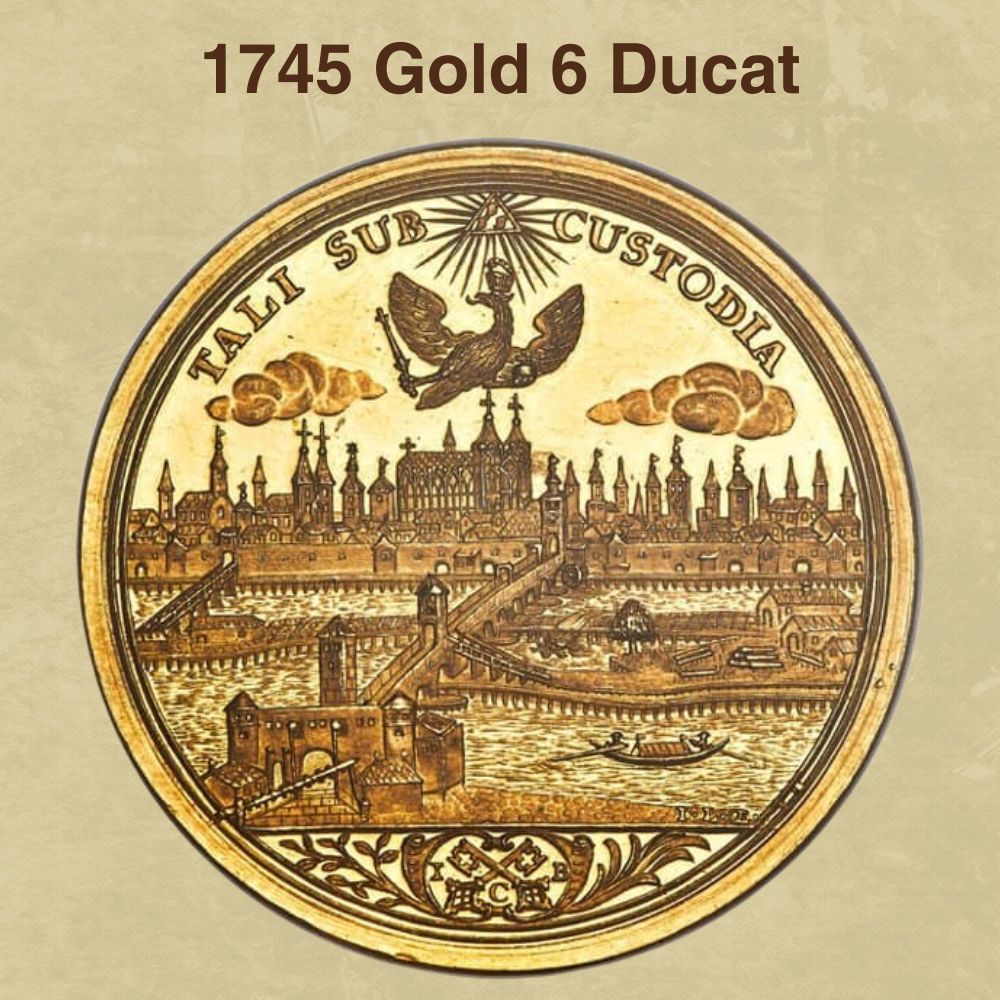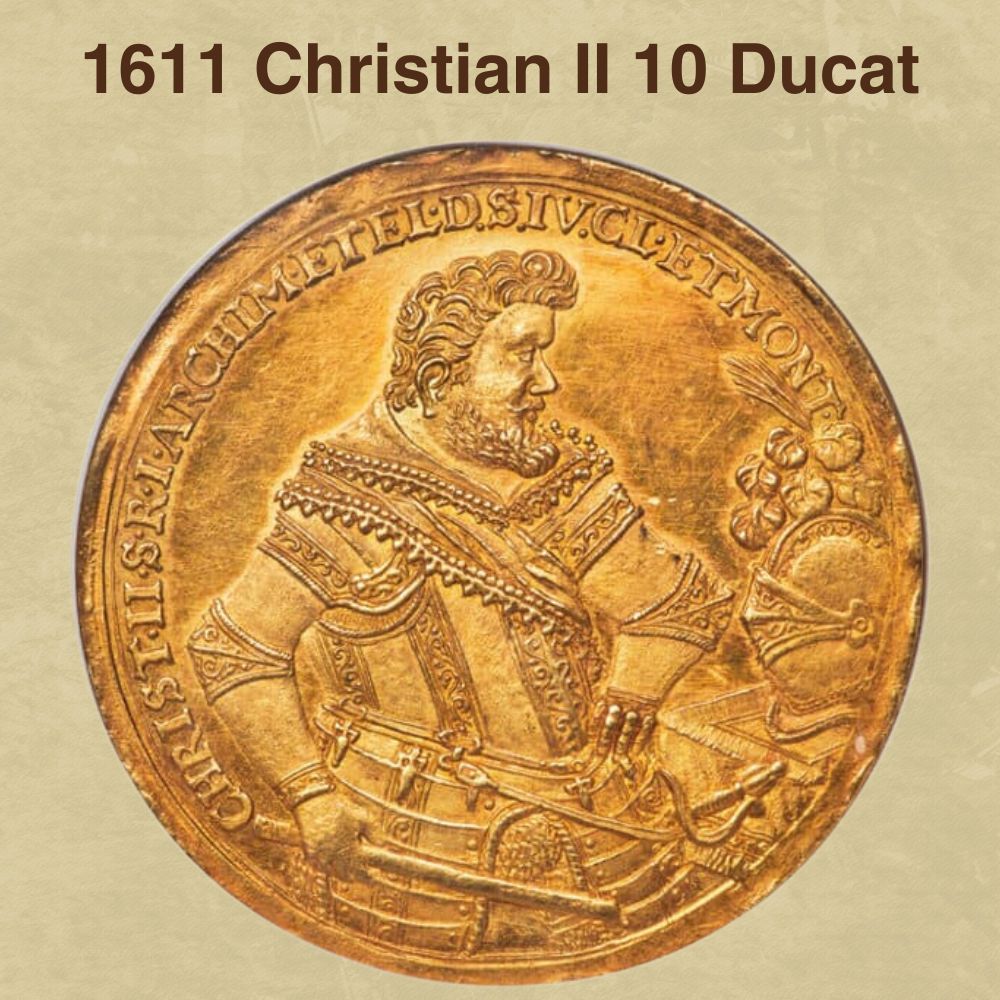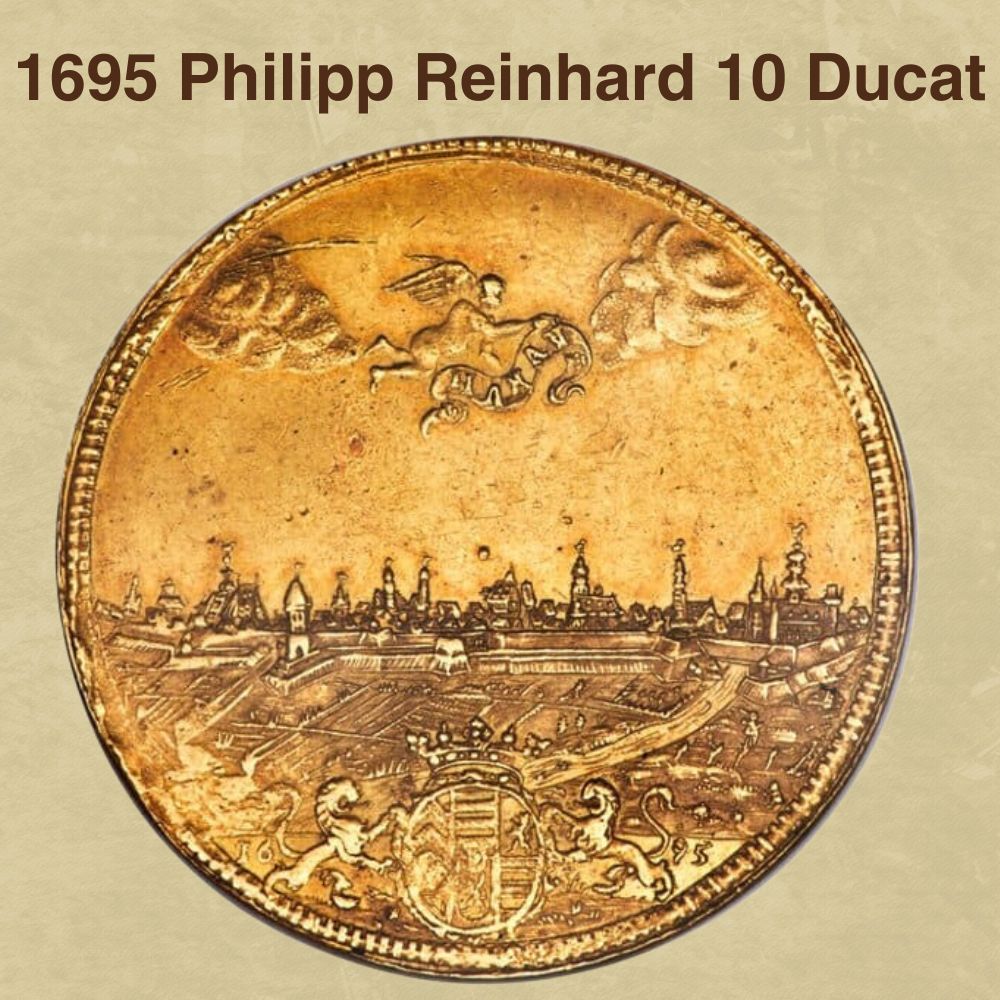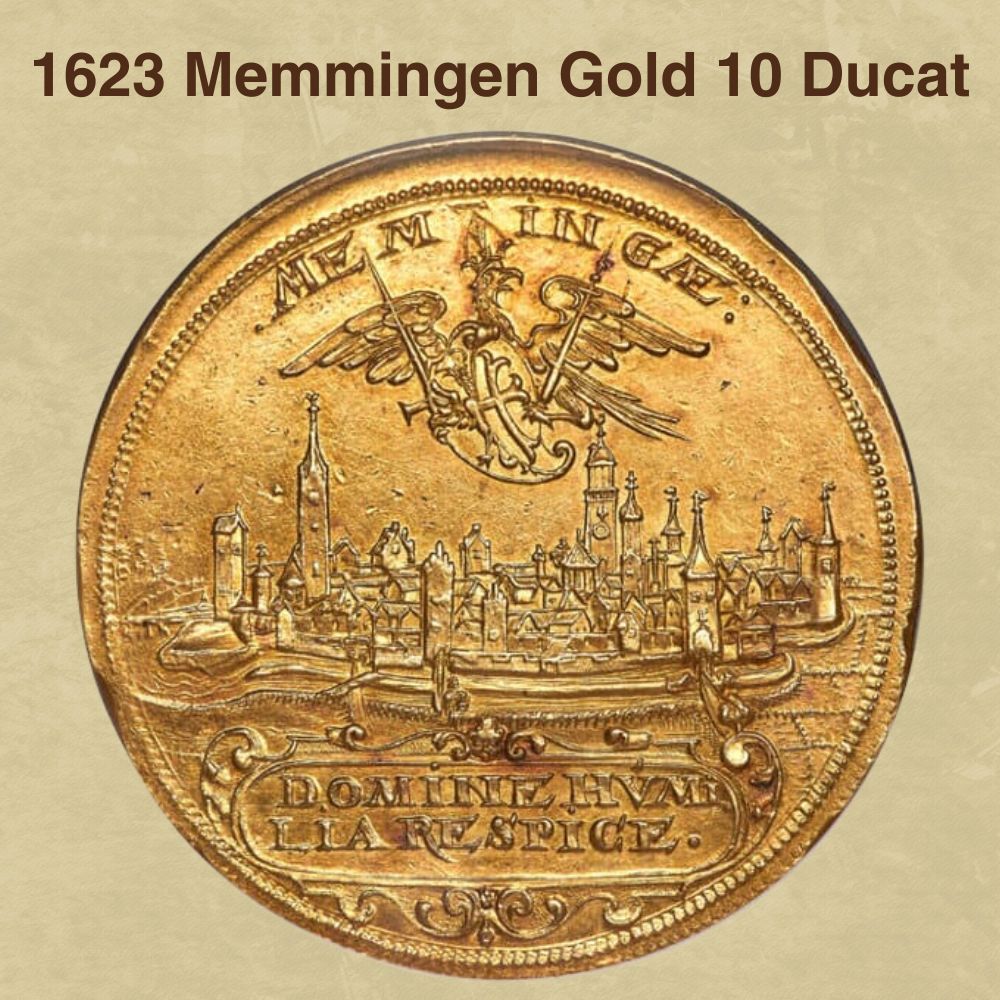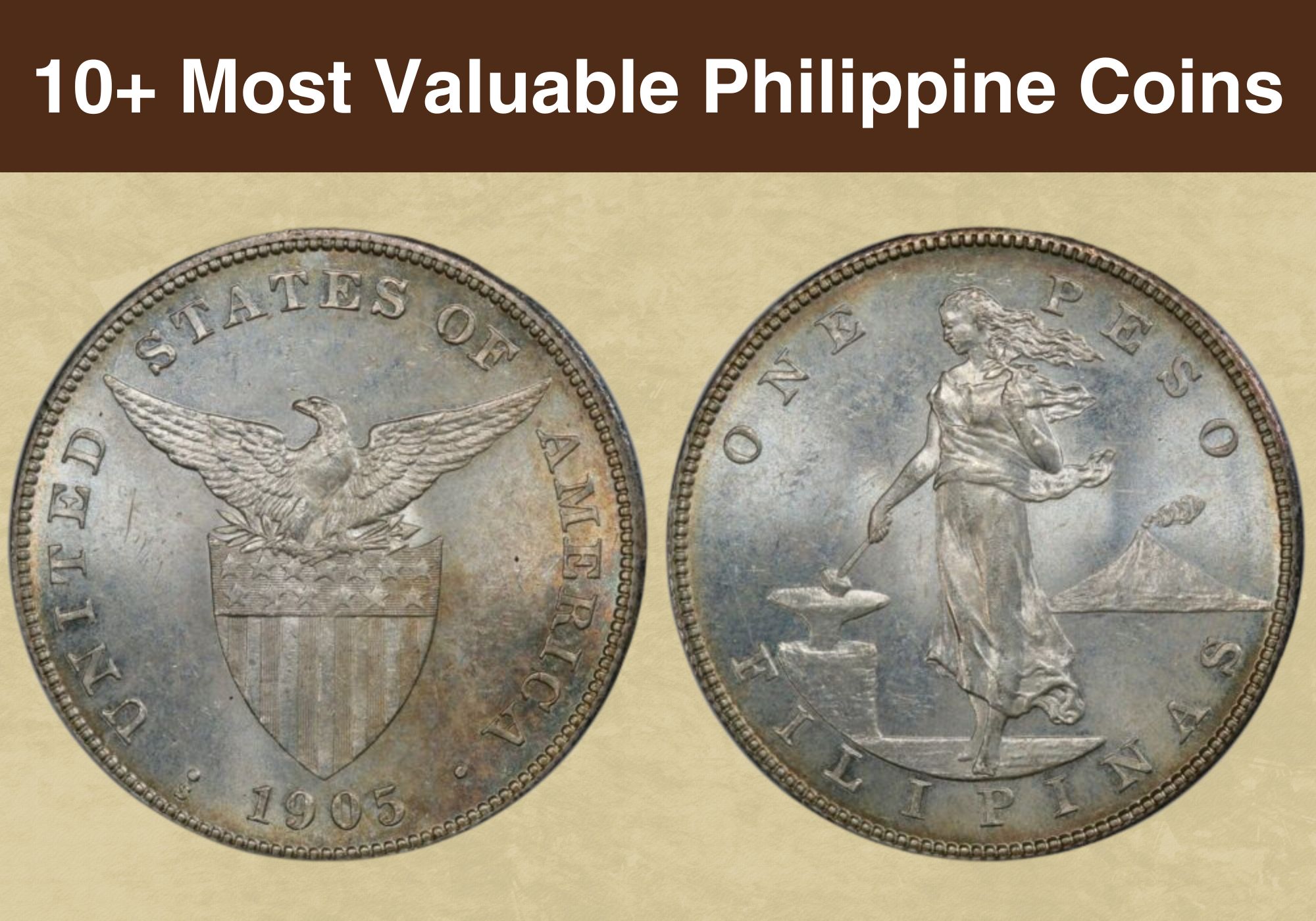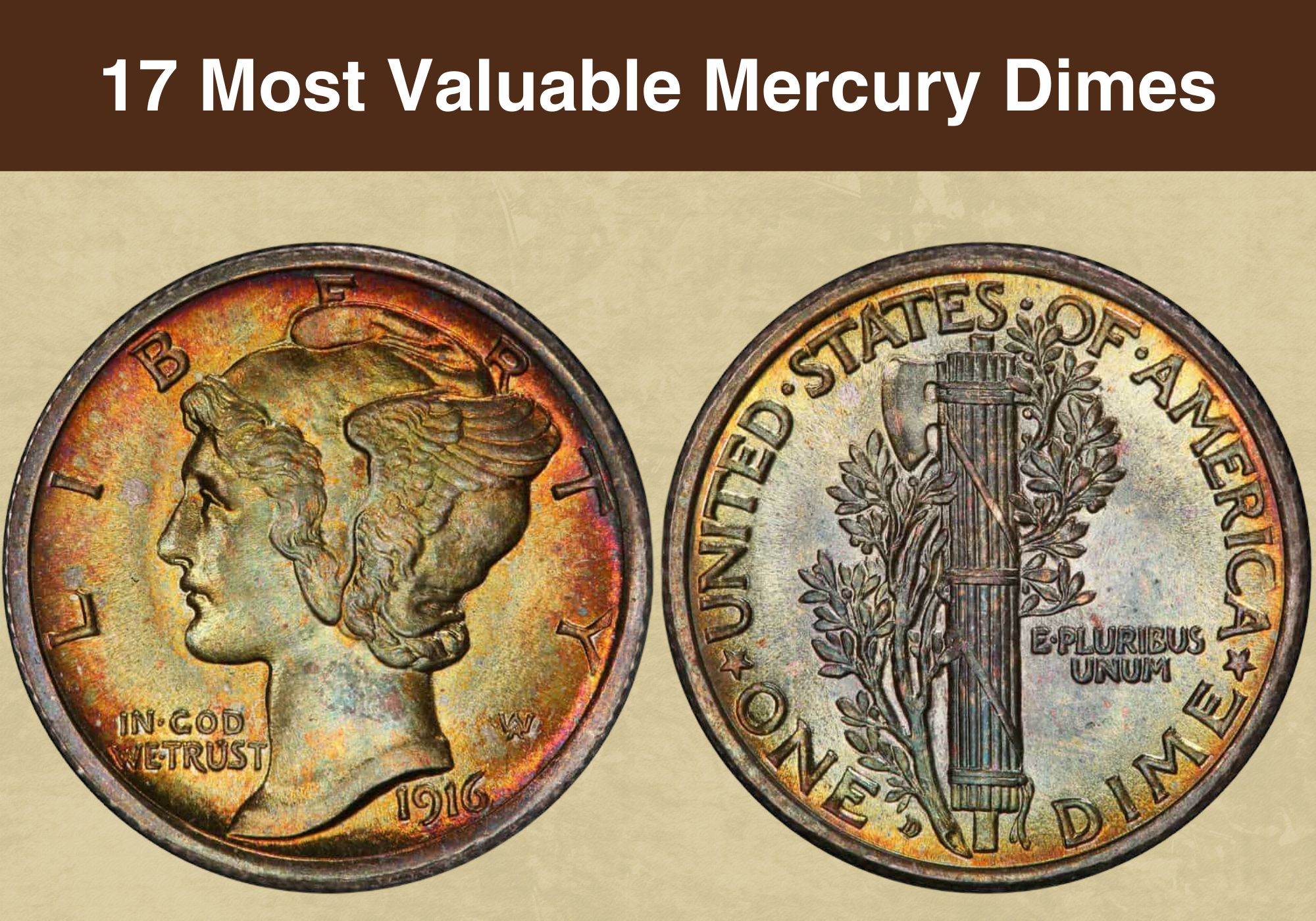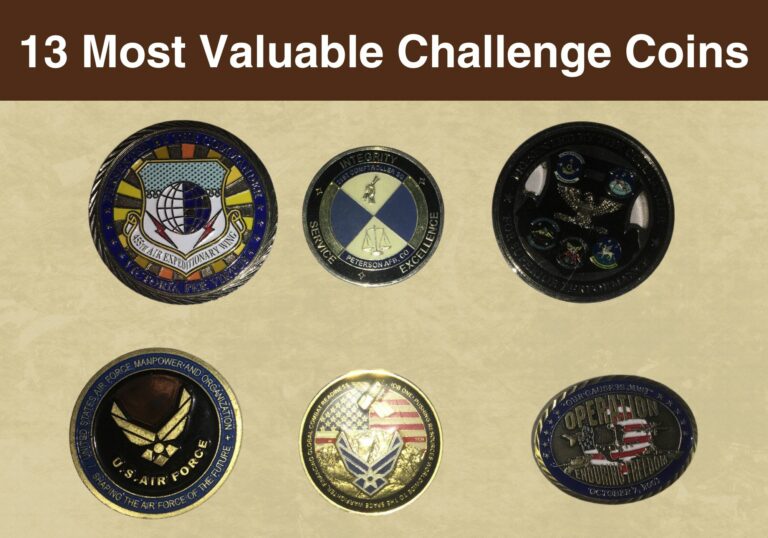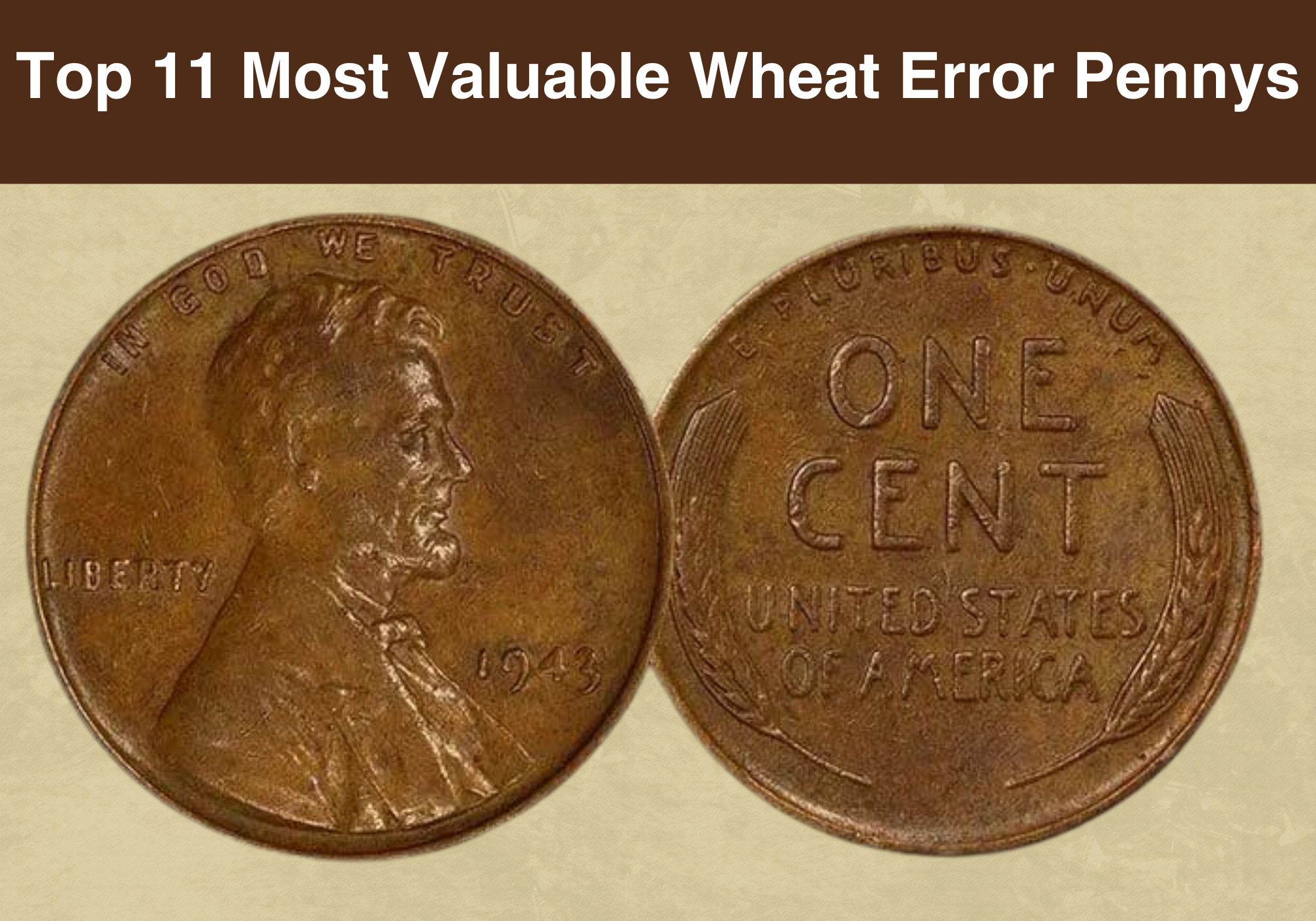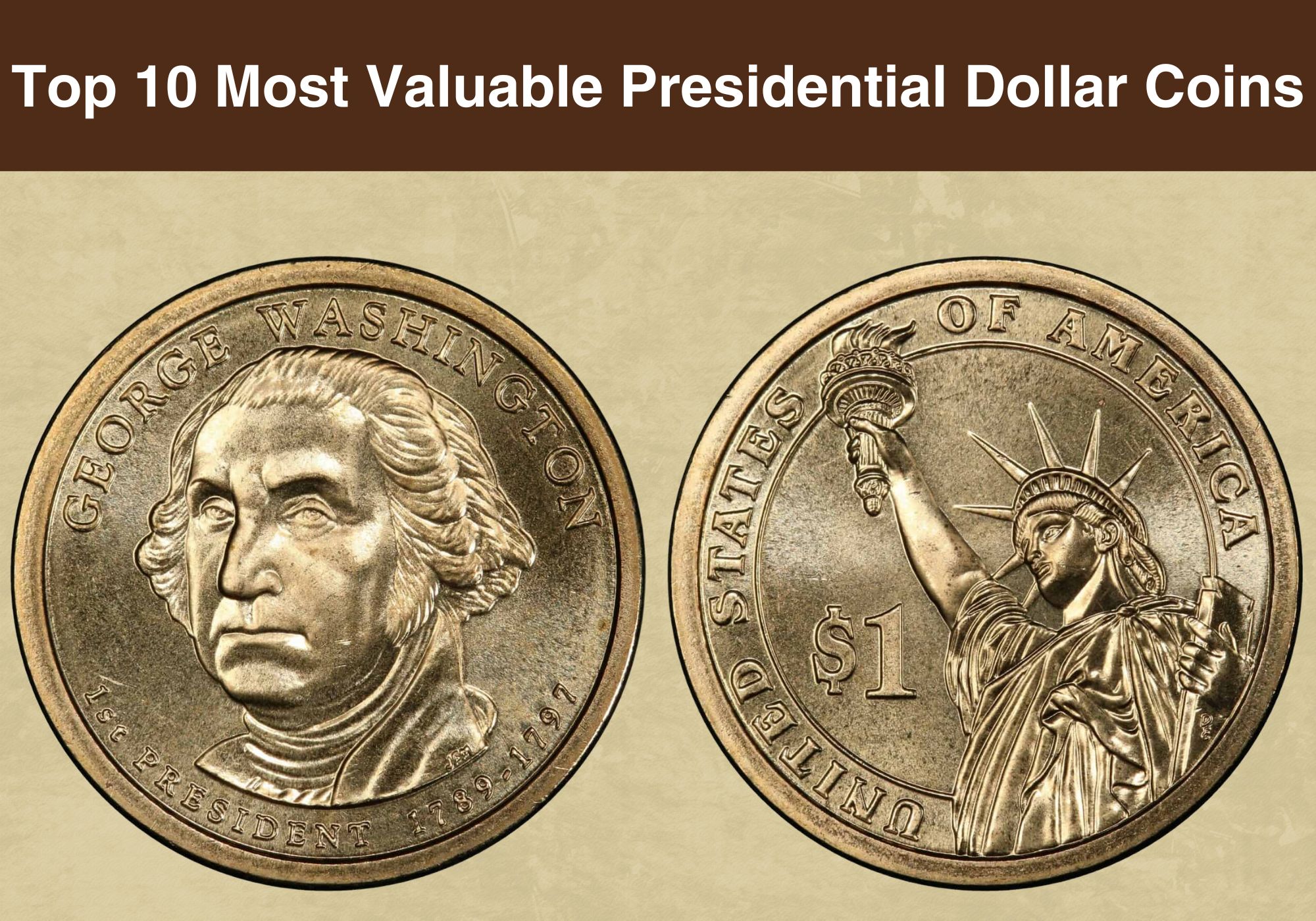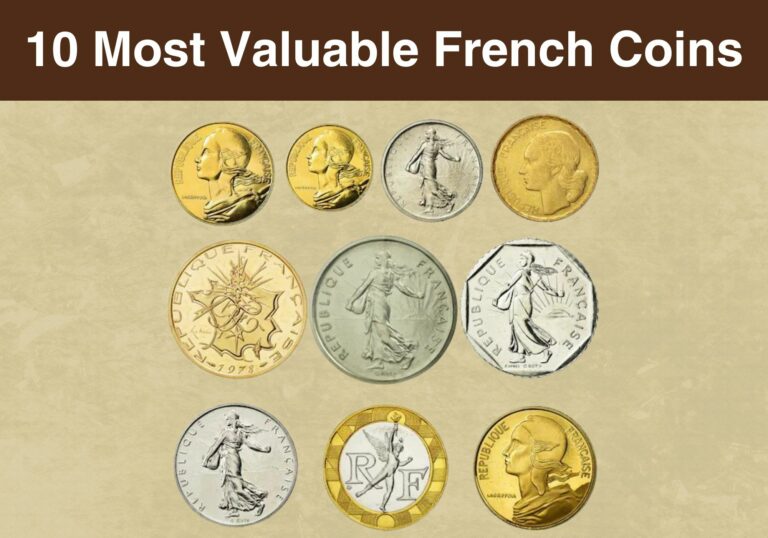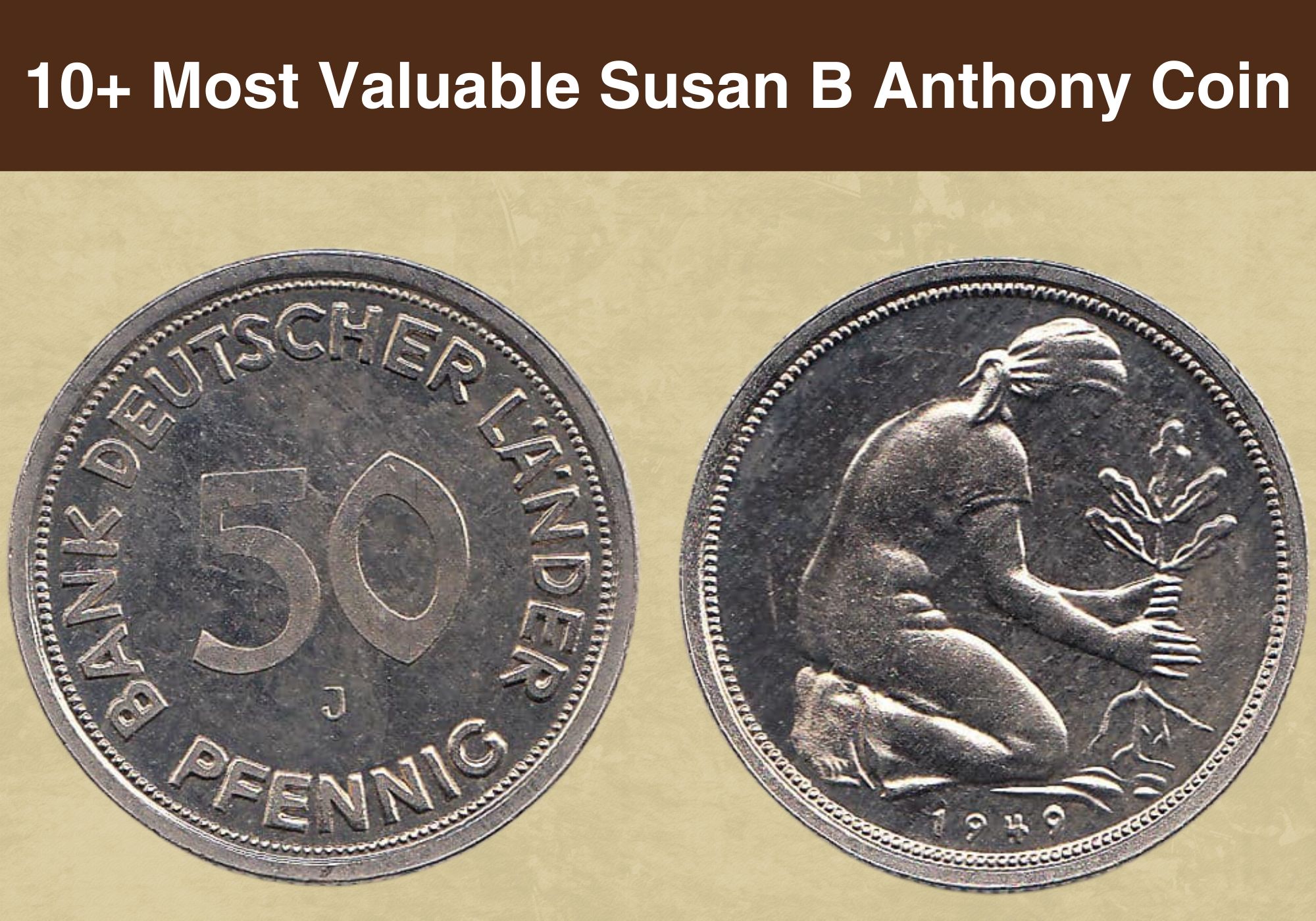
Are you interested in collecting German coins? The German currency, the Deutsche Mark, has a long, interesting, and sometimes violet history, making the coins worth collecting.
With such a lengthy history and many of them to compare, how do you determine the most valuable German coin?
In this guide, we have identified the top German coins worth money. In addition to learning about the history of the Deutsche Mark, you will also discover some of the country’s most expensive coins.
As a collector, knowing which coins to pay attention to can pay off in a big way. So read on to discover which valuable German coin is worth your time and investment.
Let’s get started!
A Brief History of German Coins
German coin minting technology dates back to the 1500s, when water-wheel-driven rolling machines were used to produce crude coins.
The Gulden was among the earliest coins minted in Humburg, which became present-day Germany. As the years passed and technology evolved, the German Mint could strike gold and silver coins for circulation and commemorative purposes.
Before the establishment of the greater German Empire into one country, the different states each had its currency, with the Humburg mark, first struck in 1619, being the oldest and most stable.
The Hamburg mark, which lasted until 1873, was also the first currency in German to be divided into so-called pfennigs, which are equal to pennies. The word ”mark” continued to be used as part of Germany’s currency lingo until the country adopted the euro much later.
As a result of using different currencies, the various states were constantly at loggerheads over exchange rates. But, the introduction of the German gold mark ended the trade conflicts and allowed German currency to be available in 100 pfennigs which would be struck on silver, gold and metal.
In 1871, Otto Von Bismarck established the German Empire by uniting Bavaria, Saxony, Prussia, and Wurttemberg. Unification meant that the Empire could now use a single currency.
By the 1940s, the mints were already striking the Silver 1 Mark, Copper-Nickel 5 and 10 pfennig, Silver ½ Mark, and the Copper 1 and 2 pfennig. During Adolf Hitler and the Nazi’s political rise, all coins minted featured the saying, Gemeinnutz geht vor Eigennutz, meaning the community is more important than the individual.
For many years, the German Mint produced pfennig and Deutsche Mark. With the European Central Bank headquartered in Frankfurt, the Mint solely produces euros now.
Let’s find out what is the most valuable German coin.
Valuable German Coin Worth Money
1. 50 Pfennig 1949 J
The 50 Pfennig minted in 1949 at the Hamburg Mint has an interesting history. This coin series was struck from 1949 to 2001, but the obverse design changed severally while the reverse remained the same for the entire duration the coin was minted.
The reverse of the 50 Pfennig features a young lady planting a tree. This applies to all dates from 1949 to 2001, but the initial 1949 coins’ lettering differs from the coins struck between 1950 and 2001.
In particular, in 1949 Pfennigs, the inscription reads BANK DEUTSCHER LANDER, but after this date, the inscription changes to BUNDESREPUBLIK DEUTSCHLAND.
The 50 Pfennig 1949 J with the inscription BUNDESREPUBLIK DEUTSCHLAND is generally more valuable in average circulated condition and mint state. Circulated examples cost up to $300, while uncirculated pieces can fetch as much as $500.
2. Gold 20 Ducat, Christian von Minden
No year or date is on the Christian von Minden gold ducat from Brunswick-Lüneburg-Celle. But it is believed that the coin may have been created between 1611 and 1633 when Christian von Minden reigned over Lüneburg as the locality’s bishop.
The gold 20 ducat features a portrait of Christian von Minden on a horse on the obverse. The reverse features Lüneburg’s coat of arms. The motto JUSTITIA AND CONCORDIA appear on the obverse too.
The last example was sold in a 2021 auction for an eye-watering $336,000.
3. 1950 G 50 Pfennig with inscription “Bank Deutscher Länder”
The 50 Pfennig was struck from 1949 to 2001. While the coin’s reverse remained the same throughout the production run, the inscription on the obverse changed between 1949 and 1950.
The coins minted in 1949 feature the inscription BANK DEUTSCHER LANDER but starting from 1950, this changed to BUNDESREPUBLIK DEUTSCHLAND. Only some 1950-50 Pfennigs were struck with the new inscriptions, with some carrying over the older inscription for 1949.
These error coins are fascinating and rare, making them a fixture among collectors. Examples in mint state are few and apart because only a few of these pieces were struck anyway.
Values range between $300 and $800 depending on whether the coin is circulated or uncirculated.
4. 2 Pfennig 1967 G
The 2 Pfennig was among the smallest circulating currency in the German Empire. It comprised a steel core and a copper outer layer.
The coins minted at the Karlsruhe facility in 1967 are particularly rare today, with fewer than 100 examples known to exist.
Being one of the smallest denominations of the German Empire, this coin naturally generates a lot of attention among collectors. It is also worthwhile mentioning that a large number of 2 Pfennigs was hoarded, leaving only a few in circulation and creating a marked scarcity.
When an example of the 2 Pfennig 1967-G came up for auction in 2018, it sold for $3,000.
5. 1795 Friedrich Karl Joseph von Erthal Gold 15 Ducat
The War of the First Coalition was one of the earliest fought in Europe and among European nations. Fought between 1792 and 1797, the series of wars was set to gain relief from the dominant French forces.
In 1795, Germany’s city of Mainz successfully fought for independence from the French. That same year, a 15 Ducat coin was struck to commemorate Mainz’s independence.
The coin’s obverse features a stone statute, while the reverse portrays the city of Mainz.
Examples are scarce in all grades, with fewer than 50 existing pieces. Coins in mint state are rare, although you may come across some in circulation strike.
One rare example graded MS62 features a superior strike and luster, which was uncommon for coins of that era. The exceptional strike indicates that perhaps some of these coins were specially struck as appeasement gifts.
This example was auctioned for an impressive $300,000 in a 2021 auction, which is barely surprising given that it is the only example of its kind.
Not much is known about the 1596 Gold 8 Ducat, which originated from the locality of Eichstätt. This large gold coin was likely struck to celebrate the life and times of Bishop Johann Conrad von Gemmingen.
Although the coin is believed to be minted in 1595, it actually bears the date 1596, making it a rare anomaly. There is no known reason behind the date variation, but it could be that the renowned engraver, Valentin Maler, was attempting to test pieces for 1596.
Only two examples of the 1596 8 Ducat are known to exist. While one is available for private collectors interested in buying, another is withheld in state vaults.
Neither the Professional Coin Grading Service (PCGS) nor the Numismatic Guaranty Company has graded the example available to collectors though it has been authenticated as uncirculated.
An offer of $168,000 was placed on this coin in 2021, but the seller is yet to accept it and is hoping for a better offer.
6. 1598 Maximilian I 8 Ducat
The 1598 8 Ducat was struck for the state of Bavaria. The obverse features the state’s ruler, Saint Heinrich, with a scepter and orb.
The reverse shows the Pfalz and Bavaria coat of arms and the date 1598. You will also notice the electoral on the reverse.
There are very few examples of this coin today. In fact, fewer than one dozen have shown in auctions. One rare example graded MS62 bears no signs of wear and tear, confirming its mint state.
In 2021, this rare example was auctioned for $156,000.
7. 1745 Gold 6 Ducat
Nuremberg was one of the greatest cities in the Holy Roman Empire. By 1745, it was an autonomous city and the envy of many across Europe.
However, Nuremberg gradually lost its allure and was eventually incorporated into Bavaria. The 1745 6 ducat gold coin was struck to celebrate Nuremberg’s independence and status across Europe.
The coin features a picturesque portrait of the city on the reverse. On the obverse, you will find a portrait of the then-ruler, Emperor Franz I.
Examples in mint state are extremely scarce, even in lower-grade uncirculated condition. Only five such examples have come up for auction in the last twenty years. One example was certified as having proof-like qualities and fetched an eye-watering $216,000.
8. 1611 Christian II 10 Ducat
The gold 10 ducat was produced in 1611 for the state of Saxony. This is one of the rarest and most valuable German coins; only two examples in mint state have come for auction in the past 40 years.
The coin features the portrait of Christian II, the ruler of the city of Saxon, who had recently passed. One of the two examples was obtained from a private collector and graded MS65, making it a rare gem piece.
The coin’s extraordinary rarity and impressive condition significantly increase its value. One of the two remaining pieces was snapped up for $288,000 in a 2020 auction.
9. 1695 Philipp Reinhard 10 Ducat
Only two pieces of 10 ducat coins were struck for the state of Hanau-Lichtenberg. One of these was struck in gold in 1695, the only one that was minted that year, making it extremely rare.
The 1695 10 ducat was struck during Philipp Reinhard’s rule, so naturally, the obverse features his portrait. The reverse, on the other hand, features a picturesque image of the city of Lichtenberg.
This particular piece has one of the earliest known double-die errors. The letters RE on the obverse seem struck under the TZ, making this coin all the more interesting.
This rare piece was graded Almost Uncirculated (AU)58 with visible signs of wear and tear. Still, even in this condition, the coin is one of the rarest and most valuable and was sold for $370,000 in 2021.
10. 1623 Memmingen Gold 10 Ducat
The 10 ducat struck in 1623 for the free city of Memmingen is one of the most beautiful ancient German coins.
On the obverse, the coin features a portrait of the city, while the reverse shows a compilation of the city’s most treasured monuments, including the coats of arms and the shields of the city’s political leaders.
The coins struck for the city of Memmingen comprised silver metal. Only one piece was minted using gold, indicating that it may have been specially made for gifting an important person or foreign dignitary.
This particular example was certified to be authentic and graded MS62, which is impressive for a coin as old as this one. It can bring in up to $340,000.
Summary
As a member of the European Union, Germany no longer mints its own circulating currency. But, you can still collect some of the country’s old coins. Not only are these, mostly gold coins beautiful, but many are also worth a fortune if you know what to look for.

